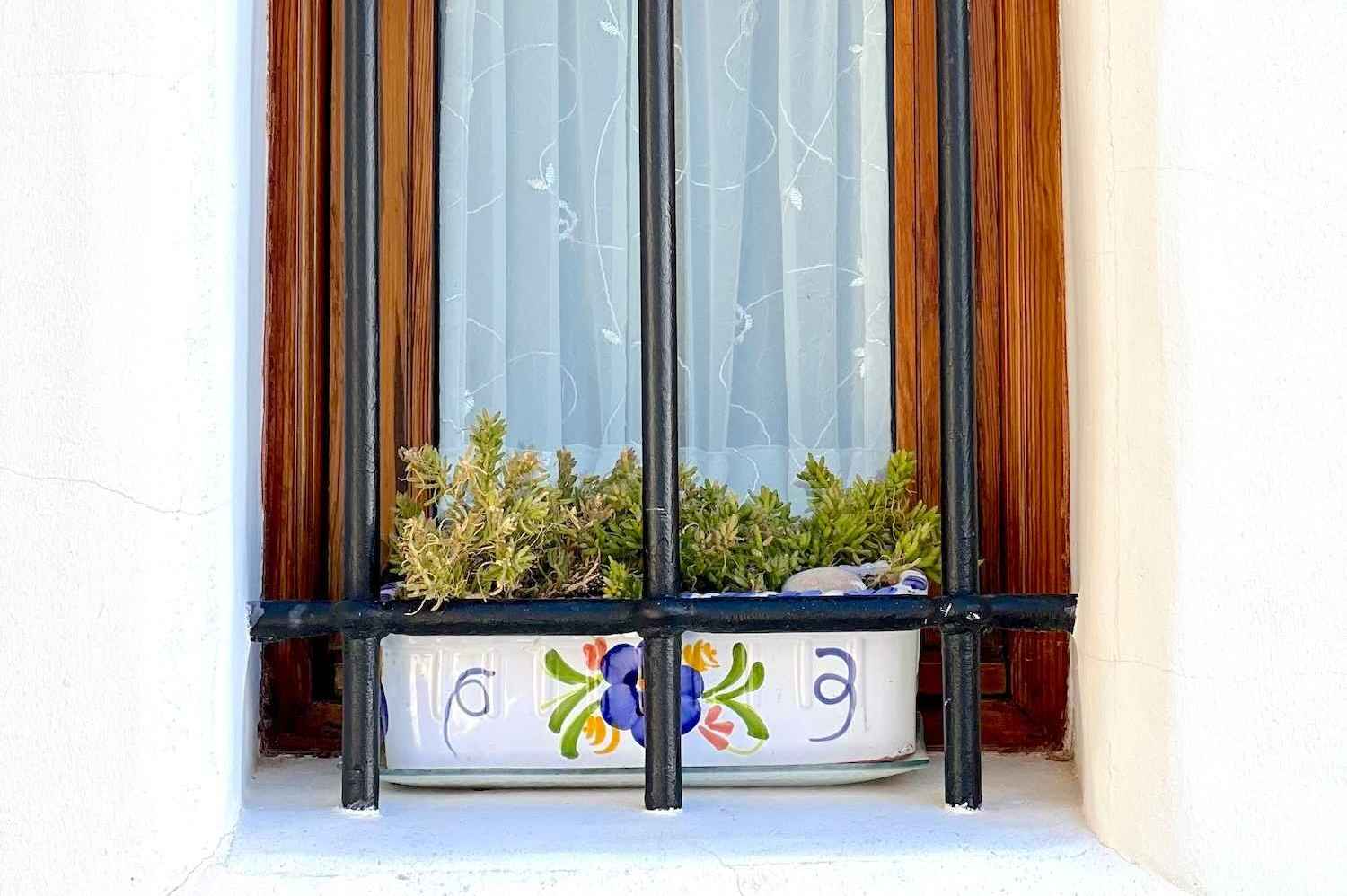The best wine routes in Spain -
Sometimes there's nothing better to
help you sit back and relax than a good glass of wine. Sometimes it's just what you need to complete a
quiet dinner with your family or friends. However, it is also becoming an increasingly popular option when it comes to rural tourism getaways, where
wine tourism getaways are on the rise, especially in Spain.
Spain has a deep and rich wine culture, and the best way to explore it is getting out to a vineyard and trying the product yourself. Challenge yourself to learn more about wine culture in Spain by testing your senses of taste and smell. We've put together some of the best routes to explore Spanish wine culture and each one offers an opportunity to learn about
traditions, landscapes and characteristic, singular cultural aspects that give every wine a personality of its own. Get ready to head on an entourist getaway with the best wine routes in Spain!
Penedés wine route
The
hours of sunshine and the influence of the Mediterranean make the Penedés a wide (it occupies part of the provinces of Barcelona and Tarragona) and open territory, as well as being privileged for the cultivation of vines.
The region is dominated by the production of what many consider to be
the best cava in the world, but the area's white wines are also very famous. They are aromatic wines, with little body and therefore are very light, but of
excellent quality.
Currently most wineries use oak barrels, but there are still some winemakers who are reluctant to abandon the flavour given by chestnut and acacia barrels.
Rioja Alta wine route
This route has
red wine as its centrepiece, and the town of Haro as its "capital". It is a village that preserves part of its medieval charm, as do several of its neighbouring towns such as Briones.
This area of the Rioja Alta makes wine not only as a product but also as
a social and cultural standard, which can be observed in its festivals and traditions, which revolve around this wine.
It is very important to choose the time of year to visit the area.
Autumn and springare the periods in which you can enjoy the landscapes offered by the Rioja Alta wine route the most.
Vinho Verde route
The
vinho verde,
unique in the world, is an excellent reason to discover the northwest region of Portugal close to the Spanish border. In front of you you will have 34,000 hectares of fertile and rich land, in an area that has traditionally been known as 'between Douro-e-Minho'. It is
a landscape with a predominantly green colour and its "capital" is
Ponte de Lima, whose mountains and valleys have created an orchard of vineyards.
Whether you choose a white or a red wine, you will find that it is
a very light wine, especially aromatic, that is drunk fresh and that will perfectly accompany your fish or seafood.
Rías Baixas wine route
The Rías Baixas make up an area marked by a mosaic of
blue and green tones. Lands with mild temperatures, Atlantic character, and lush vegetation where
a great wine making tradition has been built.
These 3,600 hectares in the southwest of Galicia have made
Albariño its best presentation. Although it isn't entirely clear, it is said that the Albariño reached these lands in the 12th century but in no other part of the planet has it reached the quality of the Rías Baixas.
The
combination of this great wine with the gastronomy of the area (not only the very famous seafood, but also cheeses, vegetables, fruit...) will take your palate to a new phase of flavour.
Jerez wine route
Sherry (Jerez) wine, the international sherry, is
one of the most recognised Spanish products in the world. As it could not be otherwise, Jerez de la Frontera is the capital of this Denomination of Origin. The city manages to combine among its streets
flamenco tablaos, equestrian shows, monuments of different cultures and religions, and of course
wineries producing sherry.
The sherry wineries, whether due to their dim light, their majestic form or their peculiar architecture, have become
true sanctuaries where time is worshipped.
The route extends through several areas of Cadiz and has a deep-rooted wine making tradition that ranges from the driest wines such as Fino, to other generous liqueurs such as Manzanilla or natural sweets such as Moscatel.
Source:
Idealista.













